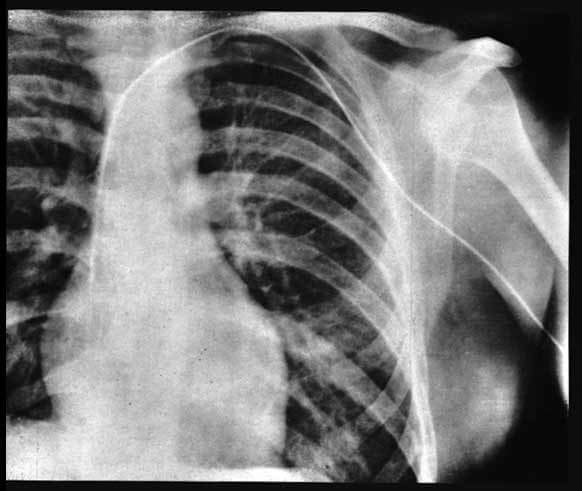At the age of 24, Werner Forssmann had a plan - a plan he knew his superiors would never approve. The young German surgeon was frustrated by how difficult it was to access the human heart, but he doubted he'd get permission to perform a risky new procedure. And so, in 1929, he tried it on himself.
From the crook of his arm he inserted a thin catheter through a vein into his heart and took an X-ray photo. It was the very first heart catheterisation, which today is a common procedure used to find heart defects, deliver medicine and open up blocked arteries.
The experiment paved the way for many types of heart studies and in 1956 Forssmann shared the Nobel Prize in Physiology or Medicine.